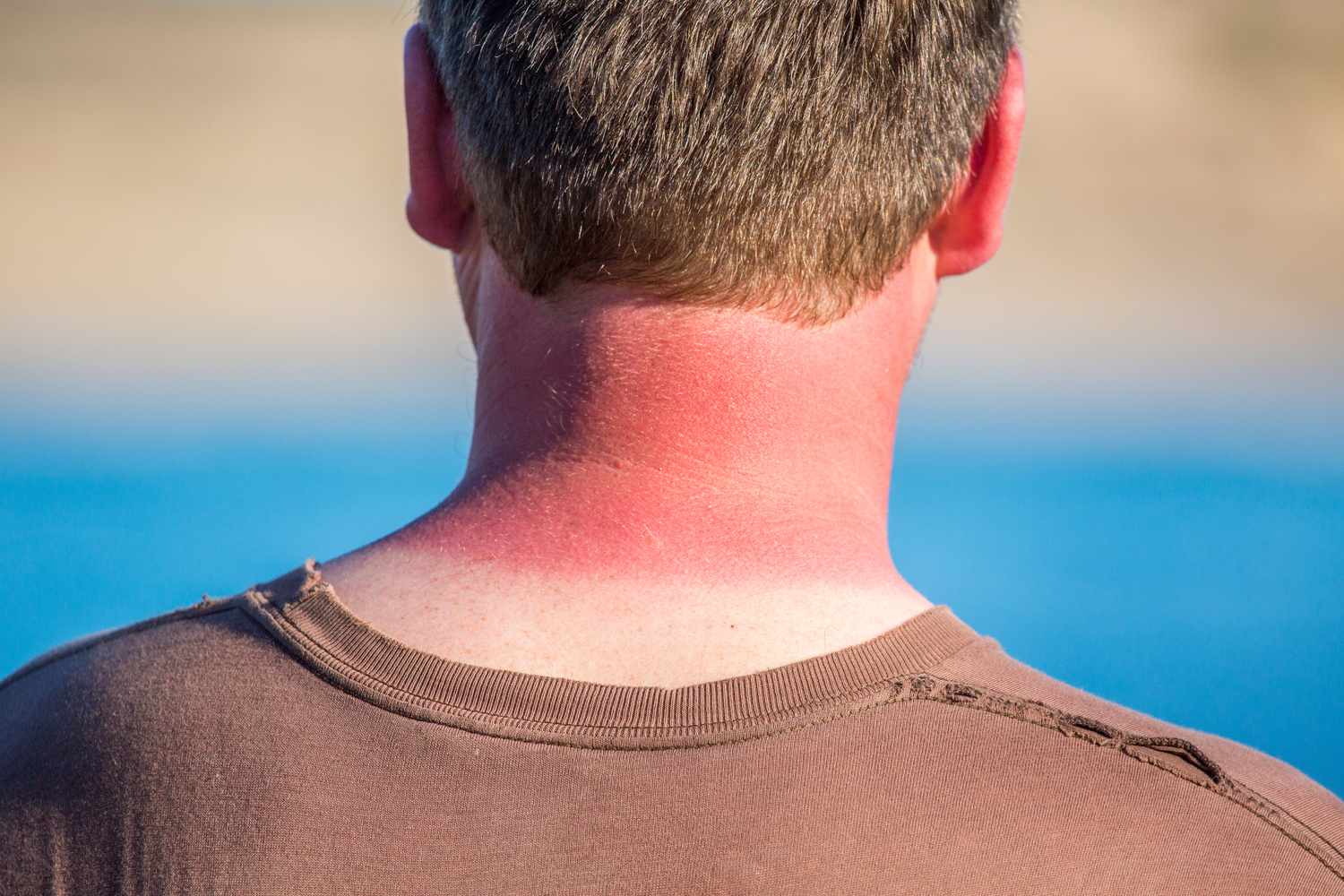Why Are Men at Higher Risk of Dying From Melanoma?

Melanoma is a form of skin cancer that is extremely dangerous and has the potential to spread to other parts of the body, leading to fatality if left untreated. The Skin Cancer Foundation predicts that the number of deaths from melanoma will increase by 4.4% in 2023, with 186,680 new cases diagnosed in the United States, making it a growing concern. Men, in particular, are susceptible to this deadly form of cancer, accounting for 58,120 out of the expected 97,610 cases of melanoma. Furthermore, out of the 7,990 predicted deaths in 2023, 5,420 will be men, displaying a significant gender disparity. This gap is due to genetic, cultural, and public health messaging factors that affect risk awareness and adoption of preventive measures.
Jesse Miller Lewin, MD, FACMS, a program director for the Micrographic Surgery and Dermatologic Oncology fellowship program at Mount Sinai Health System, stated that women develop melanomas more frequently than men before the age of 50, but men have higher rates of melanoma after. Additionally, men are more likely to die from melanoma than women. With the summer season on the horizon, sun exposure and the risk of developing skin cancers are on the rise. It is crucial to raise awareness and communicate the importance of early detection and treatment to men. However, experts find that men tend to deprioritize skin concerns like melanoma because they are less aware of their skin and experience less culturally ingrained skincare and awareness in American male consciousness.
Men are more likely to work outdoors and are thus exposed to the sun more frequently and for longer periods. Dr. Teo Soleymani, Founding Director of California Dermatology and Mohs Surgery Specialists, states that men are less aware of growing skin issues and tend to present for medical evaluation at a later stage, reducing the efficacy of treatment. Additionally, Dr. Susana Ortiz-Urda, a dermatologist and melanoma specialist who co-directs the UCSF Melanoma Center, adds that men are less likely to use sunscreen and don't seek medical attention as frequently as women. Furthermore, women tend to use makeup containing SPF sunscreen and apply sunscreen more frequently throughout the day than men. Experts recommend avoiding sun exposure during peak hours, wearing wide-brimmed hats, sunglasses, using SPF 30 or higher sunscreen, and sitting in the shade as effective preventive measures.
The importance of early detection in skin examinations cannot be stressed enough, as early stage melanomas have a 99% survival rate, according to experts. Genetic and physical factors, beyond behavior and cultural practices, may also play a role in contributing to the higher incidence of melanoma in men compared to women.
According to Dr. Ortiz-Urda, men generally have thicker skin with less fat and more collagen, making it more susceptible to sun damage from UV rays. There is also research suggesting that men are more likely to inherit genes that increase the chance of developing melanoma, with mutations in the CDKN2A gene being more common in men.
On the other hand, a 2019 study suggests that estrogen in a woman’s body might offer more protection from melanoma. When it comes to the genetic underpinnings of the gender difference in melanoma incidence, it is still being researched.
It is crucial for all individuals to pay close attention to changes in their skin, as melanomas can emerge in areas of the skin not exposed to the sun, such as the backs of men and the legs of women. Routine skin checks with a dermatologist and having a partner or caretaker check for new or strange moles are important preventive measures that should be taken seriously.
“Despite best efforts by the medical community at large, messaging around dermatological appointments as a regular aspect of preventive medicine hasn’t really translated broadly to the public at large,” Dr. Ortiz-Urda said. Recent research suggests that more emphasis is needed for melanoma screening and awareness in non-white populations to improve survival outcomes.
Dr. Soleymani stresses the importance of checking your skin once a month, even if it is just a simple task like using a mirror to look at hard-to-see places. Testing for skin cancer is easy and does not require an MRI or chest X-ray. Take action today and prioritize the health of your skin.
“You can make different lumps and bumps—that is all normal as our skin tends to be very dynamic and active—but if it doesn’t go away in four to six weeks, then you should get it checked out,” Dr, Soleymani added.
“Generally, we shouldn’t be making new moles after 35 to 40 years old, although there are exceptions to every rule,” Dr. Soleymani said. “The general consensus is that our bodies are still very young and melanocytes are making new moles in our younger years, but after 35 to 40, they shouldn’t be making new moles. If you see something that looks like a new mole and you’re over 35, get it checked.”
He said that’s true for men as well as women. Additionally, make sure you know your family history to the best of your ability. If you know you have a family history of melanoma, be extra sure to schedule an annual skin exam.




